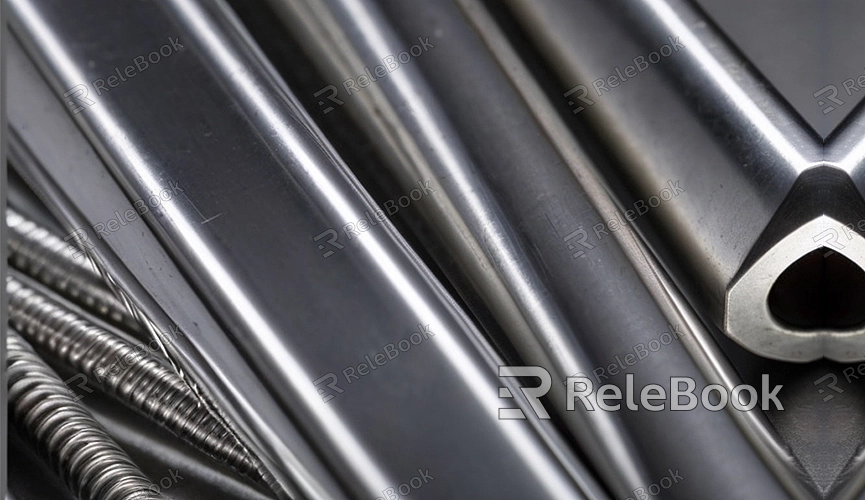Metal Cladding Texture in Blender
Metal cladding texture is a common texture used to simulate the appearance and feel of metal surfaces, adding modernity and an industrial style to buildings or objects. In Blender, using this texture provides a wide range of options for rendering 3D models.
This 3D texture can be downloaded from Relebook and applied to 3D models or scene rendering through the following steps:
1. Import Texture: Import the metal cladding texture material into the Blender project.
2. Apply to Model: Apply the texture to the metal surface of the model, ensuring the model is ready to receive the texture.
3. Adjust Mapping: Based on the dimensions and shape of the model, adjust the texture mapping to achieve a natural effect on the model surface.
4. Adjust Material Parameters: Fine-tune the material parameters of the metal cladding, such as color, glossiness, etc., to achieve the desired effect.
5. Add Details: Incorporate additional details such as metallic luster, reflections, etc., to enhance the model's realism and visual appeal.

Different parameter adjustments yield different rendering effects. Here are common rendering scenarios for this 3D texture in Blender:
1. Architectural Exterior Design: Used to simulate metal cladding on building exteriors, adding modernity and uniqueness to architecture.
2. Interior Decoration Design: Applied in interior design, such as wall or ceiling decorations in office spaces, malls, etc., to introduce an industrial style.
3. Industrial Equipment Simulation: Suitable for simulating metal cladding on industrial equipment surfaces, such as machinery, pipelines, etc., enhancing the model's realism.
4. Vehicle Design: Applied in modeling and rendering automobiles or aircraft, adding a metallic texture and detail to the body or fuselage.
5. Sci-Fi Scene Design: Used to simulate the surfaces of buildings or spacecraft in sci-fi scenes, creating a futuristic and technological atmosphere.
Using metal cladding texture in Blender is crucial for simulating metal wall cladding materials, especially in architectural visualization, product design, and game asset development. Metal cladding offers a modern, durable, and low-maintenance solution for building exteriors, and its texture not only adds realism to architectural models but also enhances the overall visual effect. Here are several key roles of metal cladding texture in Blender:
Enhancing Realism: By simulating the unique properties of metal cladding, such as reflectivity, texture, and color, metal cladding texture provides highly realistic appearances for 3D architectural models. This includes replicating natural wear, oxidation, and changes caused by environmental factors.
Improving Visual Effects: Metal cladding texture reproduces the luster and texture of metal materials, significantly enhancing the visual appeal of architectural models and design products. This texture allows models to exhibit unique reflections and highlights under different lighting conditions, adding visual depth and complexity.
The flexible use of metal cladding texture in Blender provides a diverse range of options for 3D model design. Through proper parameter adjustments and texture application, various unique effects can be added to model rendering, enhancing not only the decorative aspect of the model but also creating more realistic and vivid architectural scene elements for designers. If you need many high-quality 3D textures and HDRI, or 3D model downloads, you can download them directly from Relebook and import the textures and 3D models into your project for immediate use.

